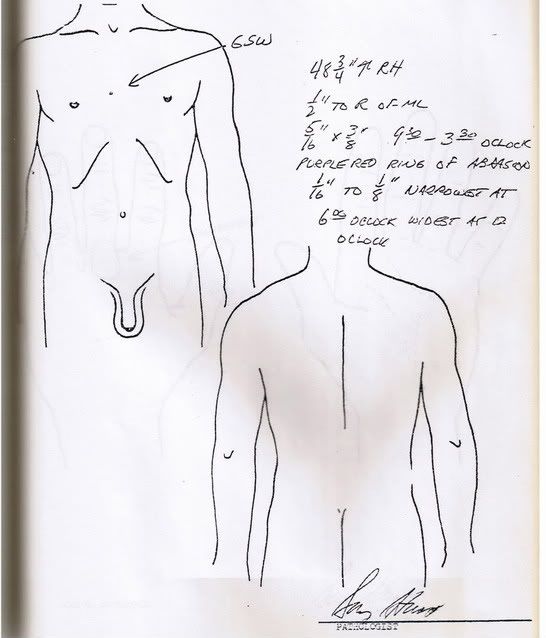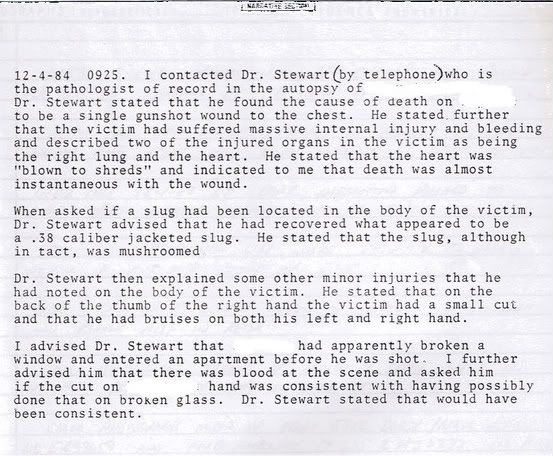IMHO: "Point Shooting" ......
It's a step backwards, I believe, because:
.... and those resources (both time and ammo) could be better utilized getting better and faster while using the sights.
If you are already insanely fast and precise with the sights, and have nothing better to do with your time and money ..... well then, knock yourself out.
It's a step backwards, I believe, because:
to be accurate you need practice. Lots and lots of practice.
.... and those resources (both time and ammo) could be better utilized getting better and faster while using the sights.
If you are already insanely fast and precise with the sights, and have nothing better to do with your time and money ..... well then, knock yourself out.


